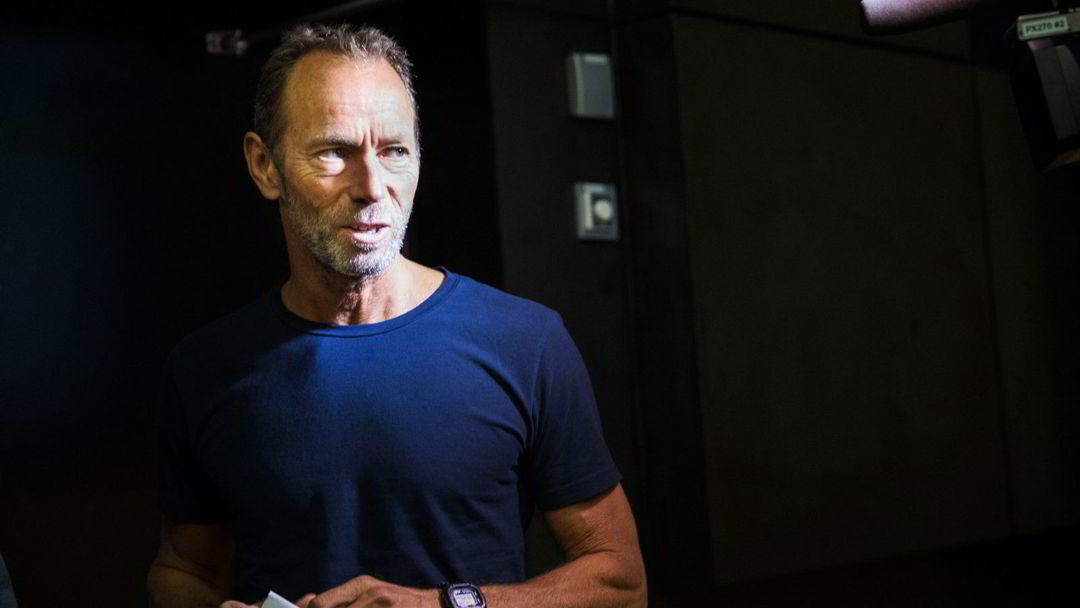After things got out of hand in Rotterdam, riots followed in other cities. Typical copycatgedrag, says Eysink Smeets. “The threshold for riots in other cities became lower. One thing ignites another. Good example follows, but bad example too.”
Social media has played an important role in this, said Max Daniel of the National Police yesterday. “It is tweeted, or it goes through Instagram or Facebook. Or they call each other. ‘That’s very exciting, rioting with the police, throwing stones.’ For example, more and more young people in other cities are joining, and in this way you actually get something that we as a police really don’t want.”
‘The rioter does not exist’
There is no clear answer to the question of who are all those people who took to the streets this weekend. It is a mixed group, the experts say. Van Stekelenburg: “The rioter doesn’t exist. They were eclectic voices you saw.” Outgoing minister Grapperhaus made a distinction between rioting young people who throw stones and heavy fireworks at the police and people who “use really extreme violence, specifically aimed at police and firefighters”.
Van Stekelenburg says that there are people who riot with a political motive, “who are extremely angry about something that is happening in their area, so now for example because of corona and the fireworks ban”, and people who “riot because of the riots”. “And it can also be a combination. You often see a great amalgamation of all kinds of motifs.”
What is striking is the young age of the rioters, says Ernst Pols of the Public Prosecution Service in Rotterdam. “A number of minors, that is of course a concern in any case. But also young adults, so 18 or 19 years old.”
He finds it difficult to explain this. “The investigation has only just started, time will tell. Only when the dust has settled and the arrests have been made will we be able to say exactly where the violence is coming from.”
–

